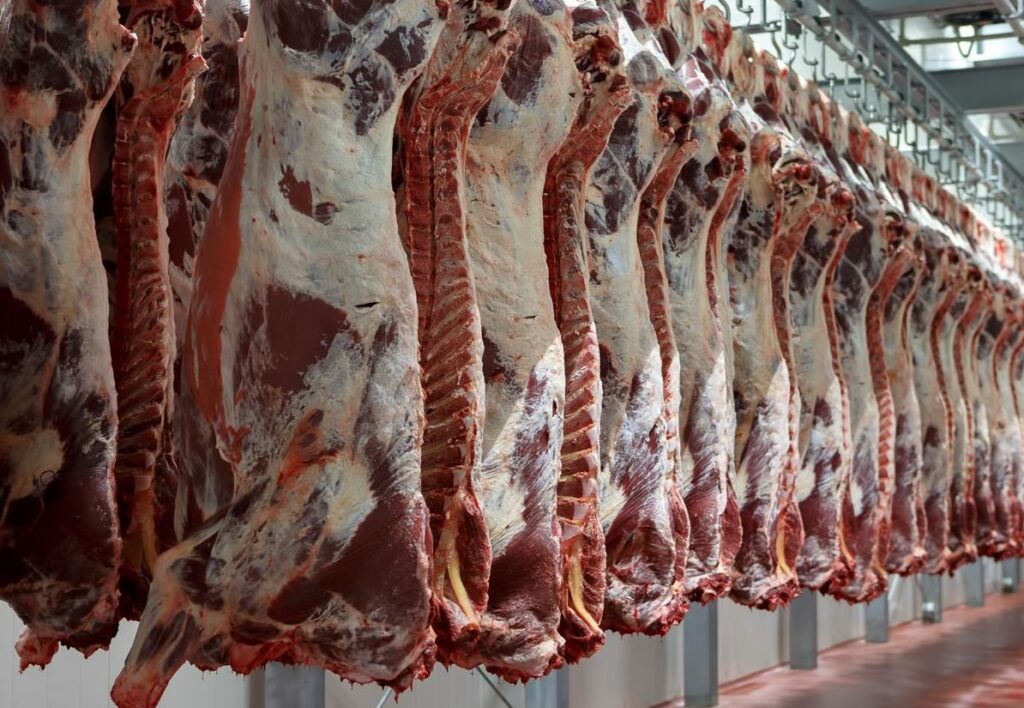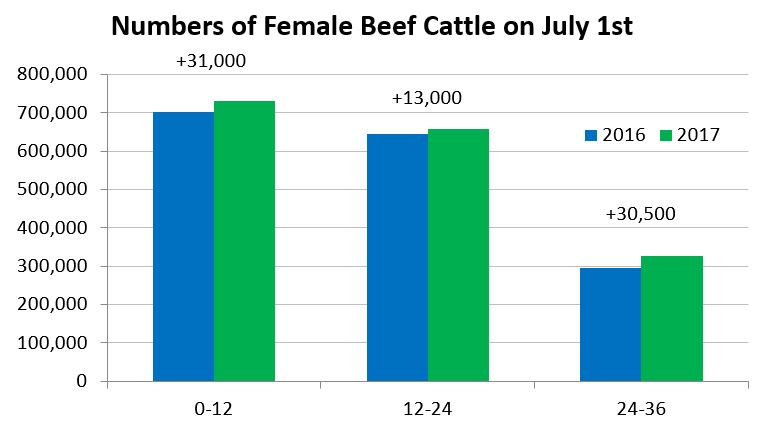By Joe Burke, Bord Bia Livestock Sector Manager
To date, this year, Irish cattle supplies have risen by more than 63,000 head or 5.7% on 2016 levels.
This development was well anticipated at the beginning of 2017 as a result of growing calf registrations, along with relatively low live exports in recent years.
Prime cattle throughput has increased strongly with 37,000 additional steers (+9%) and 18,000 extra heifers (+6%) coming on stream.
Meanwhile, cow slaughterings are also 17,000 head (+7%) higher; although young bull production has fallen by 10,000 head (-10%).
Carcass weights drop
The impact of higher cattle supplies, this year, has been partly offset by a decline in carcass weights. Up to the end of August, carcass weights were running 5.5kg (1.6%) lighter, on average, than during the same period in 2016.
This trend is attributable to the growing proportion of dairy-bred animals and crosses of traditional breeds (Angus and Hereford) within the national herd.
Strong supplies for the foreseeable future
Recent analysis of the Department of Agriculture’s AIM (Animal Identification and Movements System) database suggests that strong cattle supplies are likely to continue for the foreseeable future.
On July 1, the number of male cattle aged between 24 and 36 months (the majority of which were born in spring 2015) showed an increase of more than 30,000 head.
Similarly, looking at female beef-bred cattle (thereby excluding replacement dairy herds) numbers in this age category; these animals also increased by more than 30,000 head.
Looking ahead to 2018, national slaughterings are likely to increase further. This comes on the back of the growth that is evident in male cattle and beef-bred females within the 12-24 month age category.
Again, this rise in animal numbers is mainly attributable to higher calf registrations combined with lower live exports during 2016.



